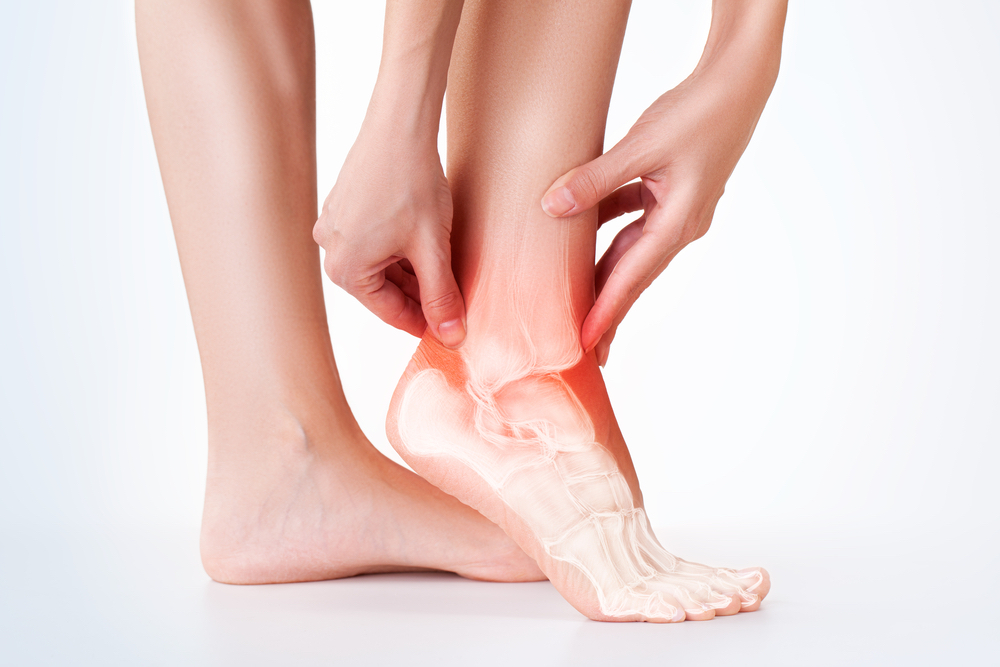Just like reinforced steel can bear more weight than sheet aluminum, a strong, well-conditioned back can withstand more stress, and protect the spine better, than a back that has not been conditioned through exercise. Conditioning through flexibility and strengthening back exercises not only helps the back avoid injury, or minimize the severity of injury if the spine is traumatized, it also can help relieve the pain of many back conditions.
Many back exercises can help strengthen the spinal column and the supporting muscles, ligaments and tendons. Most of these back exercises focus not only on the back, but also the abdominal (stomach) muscles and gluteus (buttocks) and hip muscles. Taken together, these strong ‘core’ muscles can provide back pain relief because they provide strong support for the spine, keeping it in alignment and facilitating movements that extend or twist the spine.
Two of the most well-known back strengthening exercises are: McKenzie exercises and Dynamic Lumbar Stabilization. These back exercises are generally first learned by working with a physical therapist who can demonstrate the exercises and correct a patient’s form to ensure strengthening and/or back pain relief is achieved. Although McKenzie exercises and dynamic lumbar stabilization exercises tend to be used for specific conditions, the two forms of physical therapy exercise may also be combined when appropriate.
McKenzie Exercises
 These back exercises are named after a physical therapist in New Zealand who found that extending the spine through exercise could reduce pain generated from a compromised disc space. Theoretically, extension exercises may also help reduce the herniation of the disc itself and reduce pressure on a nerve root. There is a wide range of McKenzie exercises, some of which are done standing up while others are performed lying down. All of these upper and lower back exercises use core muscle contraction and, usually, arm motions to stabilize the trunk and extend the spine.
These back exercises are named after a physical therapist in New Zealand who found that extending the spine through exercise could reduce pain generated from a compromised disc space. Theoretically, extension exercises may also help reduce the herniation of the disc itself and reduce pressure on a nerve root. There is a wide range of McKenzie exercises, some of which are done standing up while others are performed lying down. All of these upper and lower back exercises use core muscle contraction and, usually, arm motions to stabilize the trunk and extend the spine.
For patients who are suffering from leg pain due to a disc herniation (a radiculopathy), extending the spine with McKenzie back exercises may also help reduce the leg pain by “centralizing” the pain (moving the pain from the leg to the back). For most patients, back pain is usually more tolerable than leg pain, and if a patient is able to centralize the pain, they may be able to continue with non-surgical treatment (such as exercise) and avoid a surgical discectomy.
When the pain is acute, the exercises should be done frequently (every one to two hours). To be effective, patients should try to avoid flexing the spine (bending forward) during exercising as this undercuts the strengthening motion.
McKenzie exercises may also be helpful for those individuals who have back pain due to degenerative disc disease. While sitting or flexing forward can accentuate low back pain for patients with degenerative disc disease, extending the spine can serve to relieve the pressure on the disc. Note that the opposite is true in elderly patients who have facet osteoarthritis and/or lumbar stenosis (extending the spine jams the facet joints on the back and increases pressure across the joints, so these patients will typically feel better sitting, and have more pain with extension).
Dynamic Lumbar Stabilization Exercises
With this back exercise technique, the physical therapist first tries to find the patient’s “neutral” spine, or the position that allows the patient to feel most comfortable. The back muscles are then exercised to teach the spine how to stay in this position. This back exercise technique relies on proprioception, or the awareness of where one’s joints are positioned. Performed on an ongoing basis, these back exercises provide pain relief and help keep the back strong and well positioned.
Lumbar stabilization back exercises may also be done in conjunction with McKenzie exercises. The McKenzie exercises serve to reduce back pain, and the lumbar stabilization exercises help strengthen the back. Stabilization back exercises can be rather rigorous and therefore may not be well tolerated by all patients. It may be advisable for elderly patients or patients in significant pain to use other less strenuous means of physical therapy and back exercise to strengthen the back.
The above two back exercise programs are commonly prescribed to treat low back pain and leg pain, but many other forms of exercise can also provide pain relief and help with rehabilitation. The important aspect is that the exercise includes controlled, progressive strengthening exercises. Alternative forms of strengthening exercise that can be gentle on the back include Pilates, yoga and tai chi. There are several forms of these disciplines, and they are best learned working with a certified trainer or practitioner.
Source: spine-health.com; Peter F. Ullrich, Jr., MD








